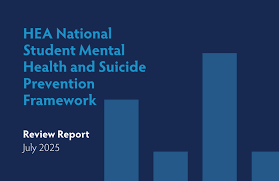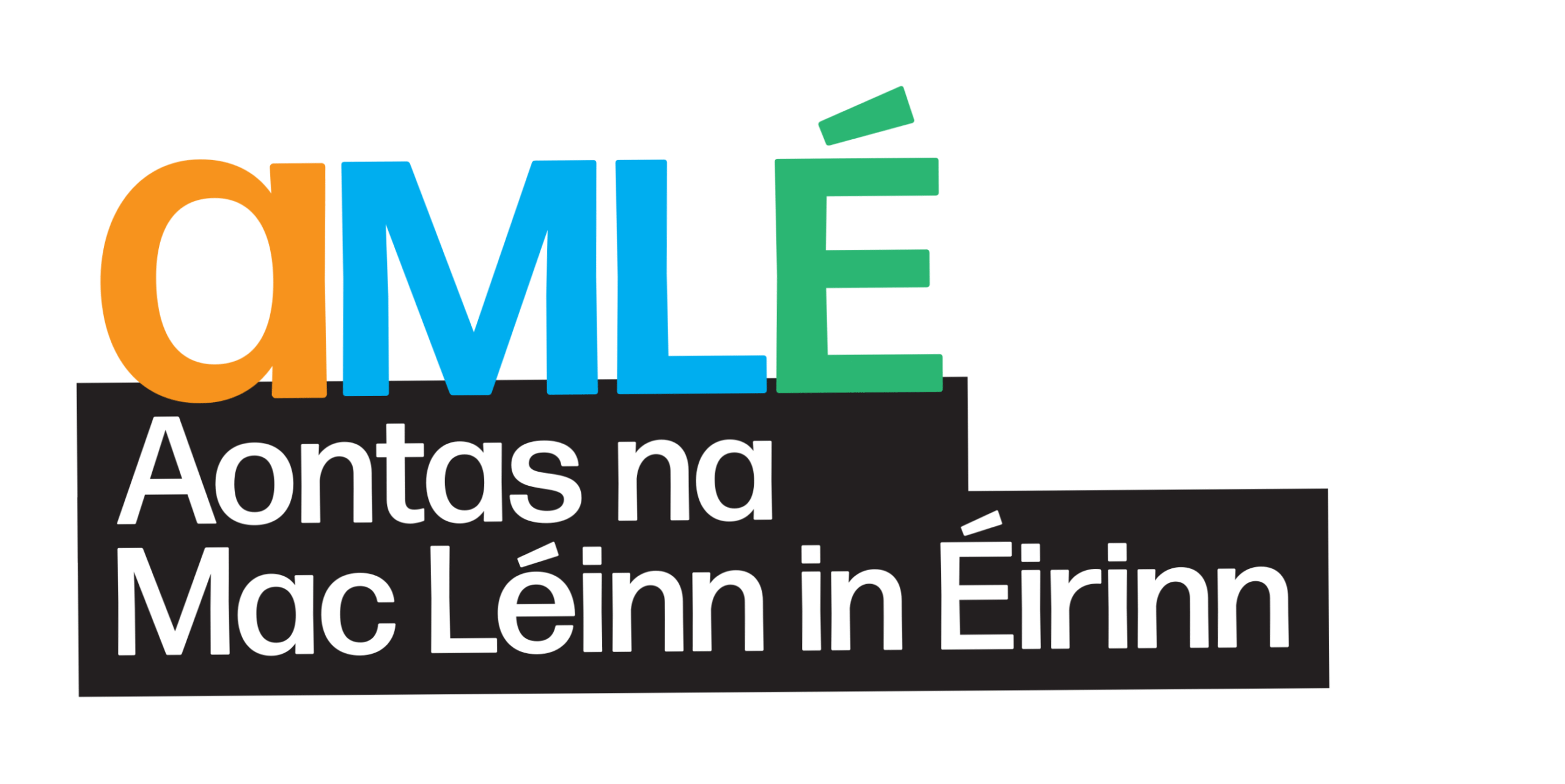The student mental health and suicide prevention framework was first published in 2020, a result of a collective effort between stakeholders consisting of those working in higher education, those working in mental health, and student representatives.

Two key elements of the framework were that it took a whole-of campus approach, which meant that everyone on a given college campus from support staff to teaching staff to students themselves had a role to play. It also was not overly prescriptive, as the working group behind the framework were conscious that there was already work ongoing on lots of campuses in this area, and that that work was likely context specific. It would not have been prudent to develop a set of prescriptive guidelines and expect that everyone would start from scratch, or that such guidelines would work equally well on all campuses.
Since then however, two major things have occurred. The first is the COVID-19 pandemic which changed the landscape of higher education, not just in terms of how students engaged with higher education in the post-pandemic space, but also in terms of the mental health needs of students. The second is the publication of the Healthy Campus Charter, which takes a broader approach to student health by incorporating other aspects of health such as physical health; and which also includes staff health and the interaction between healthy staff and healthy students. The Heathy Campus Charter also aligns both with international health promotion work through association with the Okanagan Charter, and with national health promotion work in Ireland through association with the Healthy Ireland initiative.

This means that there has been a need to review the Framework to ensure it is still optimal. This review was undertaken by another working group of cross-sectoral stakeholders which again included student representatives, and was recently completed.
There were 10 primary recommendations for improvements that have come from the review process:
- Due to the overlap in reporting across some actions, actions to be included in a revised framework should be streamlined to avoid repetition.
- The HEA should reconsider the implementation status categories for any future reporting process.
- Reporting should capture which senior leader in a HEI has responsibility for implementation of the framework and if a dedicated strategic administrative role is in place to drive this work.
- HEIs should include a clear list of formal relationships with external agencies, in order to map these and support sectoral partnership with external services and agencies nationally.
- A revised framework should focus on evaluation systems and measurement of impact of interventions both in terms of policy development/implementation, service provision, mental health promotion and staff training.
- National guidance should be developed on:
- mental health policies n campus environment audits
- embedding mental health in the curriculum
- postvention procedures and policies
- institutional baseline assessment
- HEIs should work to further align the NSMHSPF and Health Campus Charter and Framework at institutional level, to ensure a coherent, interdisciplinary, whole of campus approach to health and wellbeing.
- The HEA Advisory Group on Student and Staff Health and Wellbeing should consider whether or not the framework should be more tightly focused on mental health and suicide prevention.
- A mapping exercise should be undertaken in relation to training offered across the sector (to include training for all types of staff, students, etc.).
- The “Transition” theme should focus more clearly on mental health and suicide prevention or be omitted from the framework.

There are also 4 key recommended actions:
- An independent revision of the framework should be commissioned to streamline implementation actions and give more guidance to HEIs.
- Meaningful, measurable indicators should be agreed to monitor and evaluate impact and progress in various areas including: Service provision; Awareness raising initiatives; Interventions for students; Training for staff; Interventions for at-risk groups.
- National Guidance should be developed on: Policy development (e.g. postvention, campus audit); Framework alignment (Healthy Campus & NSMHSPF); Embedding Mental Health Promotion and Wellbeing in the Curriculum.
- A national approach to links to external services should be established.
The next step is that an independent revision will take place.

Recent Comments